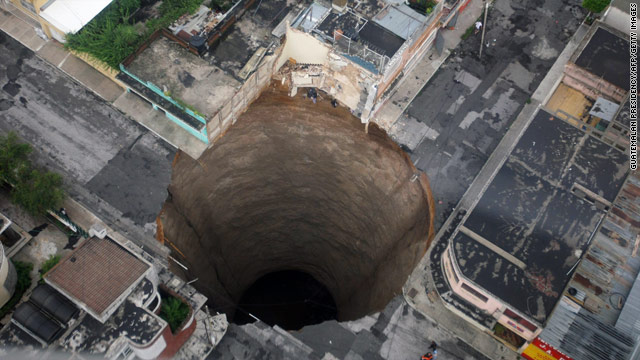Call me "old school," but I don't like the use of the word "karst" for every occurance of solution features in carbonate rocks. Back in the dark ages, "karst" was a geomorphic term that described a topographic trend where the geography shows repeated depressions on an areal scale. Not a sinkhole here and a sinkhole there! Heck, now the word is used everytime somebody sees a void in their drill hole!
Regarding the word, "siliclastic" - never heard of it (not that I've heard of everything that is). I'm just making up the definition as sili refers to silicate and clastic refers to rock fragments. I didn't read vulcanhammer's link, but don't quite know how a carbonate would be considered "siliclastic."
Regarding red clay on top of limestone (carbonate rocks), we see this all the time in Virginia. In many instances the residuum over the limestone is quite red and classifies as lean clay/elastic silt, where stiff and fat clay/elastic silt where soft. Quite typical is to observe in boreholes an "enhanced weathered zone" above the throat of a carbonate void (cave?). N-values in the low single digits.
I mostly wrote to challenge the use of the word "karst" for everything carbonate and everything with solution features. My geology professor (Colorado State University) told me there is no "karst" in the United States, except from some place in the mid-west. Its typical section is in Germany, but China has some dramatic examples.
Google images if you are interested in karst (well the topogrpahic term). It ain't a few farm ponds underlain by limestone.
Rant over.
f-d, c.p.g., p.e.
p.s., nice work v/h!
¡papá gordo ain’t no madre flaca!



